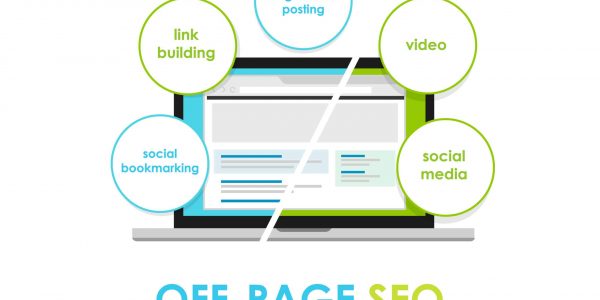Have you ever been frustrated by a website that takes ages to load? We’ve all been there, impatiently waiting for a site to respond while our enthusiasm dwindles.
Here we’ll embark on a journey to unlock the secrets on how to optimize website speed and performance.
10 Steps to Optimize Your Website’s Speed
1. Perform A Performance Audit
Regularly audit your website’s performance using various tools and techniques to identify bottlenecks and areas for improvement. Tools like Google PageSpeed Insights, Lighthouse, and WebPageTest can provide valuable insights into your website’s speed and performance. Act on the recommendations provided by these tools to make iterative improvements over time.
2. Choose the Right Web Host
The foundation of a high-performing website lies in selecting the right web hosting provider. Choose a reputable and reliable hosting service that can handle your website’s traffic and resource demands.
Shared hosting may be cost-effective, but it can slow down your website due to sharing server resources with other sites. Consider upgrading to a cloud hosting solution or a dedicated server for better performance and faster load times.
3. Optimize Images and Media
Images and media files are often the largest elements on a web page and can significantly impact loading times. Compress images and videos without compromising their quality to reduce their file sizes.
Use modern image formats like WebP, which offer better compression compared to traditional formats like JPEG or PNG. Additionally, lazy loading images and videos will defer their loading until they come into the user’s viewport, saving valuable loading time for above-the-fold content.
4. Minimize HTTP Requests
Each element on a web page, such as images, scripts, and stylesheets, requires a separate HTTP request to load. The more requests a page needs, the longer it will take to load. Aim to minimize HTTP requests by combining CSS and JavaScript files, using CSS sprites for small images, and leveraging asynchronous loading for non-essential scripts.
5. Enable Browser Caching
Browser caching temporarily stores specific files on a user’s device after the first visit. This way, subsequent visits to the same website will load faster since the browser can retrieve the cached files instead of downloading them again. Set appropriate expiration headers for static resources to control how long they stay cached, striking a balance between fresh content and faster load times.
6. Implement Content Delivery Networks (CDNs)
Content Delivery Networks distribute website content across multiple servers located in various geographical locations. By doing so, CDNs can serve content from the server closest to the user, reducing latency and speeding up loading times. Implementing a CDN can significantly improve a website’s performance, especially for users accessing it from distant locations.
7. Optimize CSS and JavaScript Files
Unoptimized CSS and JavaScript files can slow down a website significantly. Minify and combine CSS and JavaScript files to reduce their sizes and remove unnecessary characters and spaces. Additionally, consider loading non-essential JavaScript files after the page has finished rendering to prioritize the display of critical content.
This can be achieved easily by installing a plugin like WP Rocket on your WordPress website.
8. Use Web Fonts Wisely
While web fonts enhance a website’s typography and design, they can also add substantial overhead to loading times. Limit the number of web fonts and font variations to only what is necessary for your design. Use font-display:swap to ensure that text content remains visible while web fonts are loading.
9. Monitor and Eliminate 404 Errors
Broken links and missing resources lead to 404 errors, which can negatively impact user experience and website performance. Regularly monitor and fix broken links to ensure a smooth user journey and to prevent unnecessary server requests.
10. Be Mindful During Development
When using page builders, like Elementor. It can be very easy to overload pages with too many elements. In the case of website speed, less is always more. Always try to achieve your designs using the least amount of elements possible.







